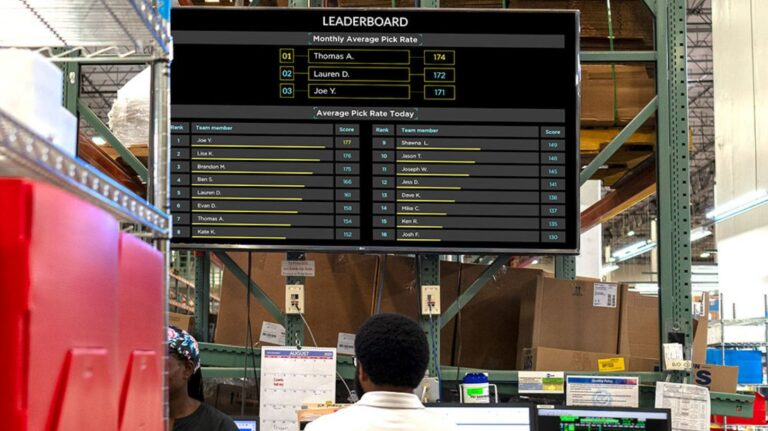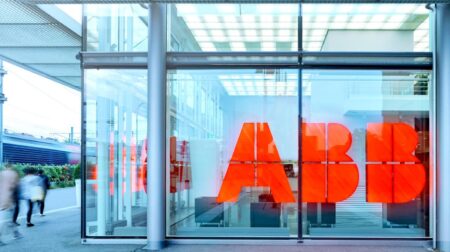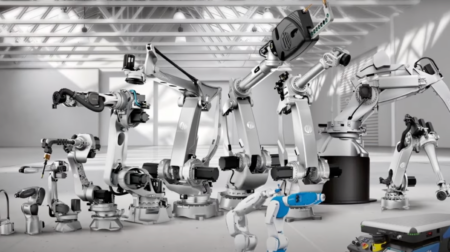Advancements in data collection technology have made gamification a potentially powerful tool for improving productivity in the workplace. Warehouse environments are no exception; according to a survey commissioned by Lucas Systems, 84% of the 750 on-floor warehouse workers from the UK and the US polled revealed they’d be more likely to stay with a company that developed a programme featuring competition in the workplace.
Gamification is the term given to the phenomenon of adding elements of game mechanics to non-game environments, for example at work. This strategy has the potential to make repetitive and monotonous tasks more engaging through competition.
Allowing employees to track their productivity, compare their work with that of others and be acknowledged or rewarded for their efforts can have a positive impact on their morale, productivity and likelihood to continue working for their employer.
Some of the main aspects of gamification in the workplace include leaderboards, feedback mechanisms, competitions, incentive programmes and level-based systems.
The Lucas Systems report, entitled “Gamification: The next evolution of warehouse workforce engagement”, gave the example of a Kenco Logistics warehouse in Chattanooga, Tennessee which reported ‘productivity improvements in the 3% to 5% range in locations that didn’t have real-time visibility into performance measurements previously’ once elements of gamifications such as leaderboards, feedback and music were introduced.
The survey found that 94% of respondents said that they play games in their daily lives, with 71% regularly playing games on a mobile phone, tablet or games console. While one may assume that the younger generations are more likely to favour gamification in the workplace, that may not in fact be the case. 81% of respondents aged 59 and above claimed to play mobile games in their daily lives, a higher percentage than those aged 18-26 (71%).
The age groups with the lowest reported participation in mobile gaming were the middle ages, although the majority of those in these age brackets still play mobile games. 68% of 27-42 year-olds and 69% of workers aged 43-58 said they play mobile games in their daily lives.
Those considering the implementation of gamification ought to consider the potential opposition to it in the workplace. The most common reasons workers might not want to compete were identified as the potential to cause tension between co-workers (54%) and concerns over the impact of incentivising working too fast on safety (53%) and quality of work (43%). 42% also reported that the increased management oversight might turn workers away.
That being said, 88% of those surveyed said that they would be comfortable with their performance being displayed publicly. Furthermore, 64% said they’d be motivated to work harder if results showed their performance at or near the bottom of the leaderboard.
Adalberto Martinez, corporate director of supply chain, logistics and distribution at US-based healthcare provider Baptist Health South Florida, said: “Since the opening of our distribution centre in 2015, employee productivity metrics are published openly amongst our staff. The intent is to promote a culture where everyone visualises and monitors their performance, building on strength and confidence.”
Incentives and rewards, monetary or otherwise, can motivate staff to improve their performance. That might not always be necessary though, as over 90% of warehouse workers surveyed said they’d participate in competitions for company recognition.
With issues surrounding staffing persisting in the logistics industry, more businesses may turn to gamification as a relatively cost-friendly means of motivating and retaining staff.









